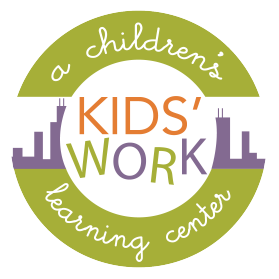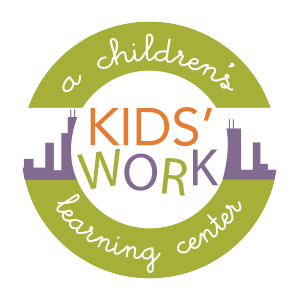One of the most important character traits a parent must teach their child is empathy for fellow human beings.
There are various ways this invaluable life skill can be imparted, and a good thing to keep in mind when teaching children how to be empathetic towards other people is that empathy isn’t just an inborn thing that a person either is or isn’t born with. Empathy is a life skill that exists on a continuum – i.e., a person or child can be more or less empathetic on that continuum, not just “yes they are” empathetic or “no they are not”. As such, it can be taught, honed, and deepened throughout life and a child’s continuing development, on into adulthood.
Here are some tips for teaching your child empathy:
1. Teach your child how to have a sense of self-awareness and to distinguish their own feelings from those of others
When relating to other people, first and foremost, it’s important for a child to be able to recognize, identify and understand where he or she stands with his or her own emotions. Teach your child a wide vocabulary for the varied emotions and feelings they may have, and help them learn how to identify and communicate those feelings. Teach them that everyone has that wide spectrum of emotions and feelings and that sometimes others may be feeling something different from what your child feels.
2. Talk about and practice recognizing emotional cues and signs in others
After helping your child understand that other people may encounter different feelings and perspectives from what your child may be experiencing, even in the same moment, coach your child how to recognize when that difference of feelings may be happening, or how to be aware of situations when such may occur, and how to identify what those feelings may be. Have them show you what a sad face looks like for them, for example, when they think of a sad thing that has happened to them, or what they might have looked like when they have been scared or nervous. Explain to them that if they see a face that is similar to that, that may be an indication someone else is feeling sad, or scared or nervous.
3. Give them ways to address and help different emotions in others
Talk with your child about things they can do or say for other people or children who are feeling the emotions they recognize. What might they say to someone who is feeling scared or uncomfortable? Talk to them about what others have said or done for your child that has comforted them when they were feeling a certain way.
4. Do different role-playing activities
Help your kids understand what it’s like to walk in other peoples’ shoes. Blindfold them and let them see what it might be like to have to move around a house or a busy street without being able to see (with your help and supervision of course). Put heavy gloves on them to simulate what it might be like to have poor motor skills. Show them situations in movies or books, or role-play what it might be like to be made fun of by their peer group. And again, get them thinking about different ways they may be able to see, recognize, acknowledge and help other people in these various situations.


